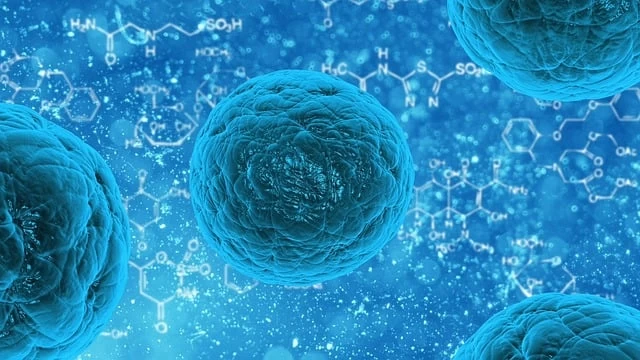When we think viruses, we often picture illness and disease. These microscopic entities are notorious for causing ailments like the flu or more serious conditions like HIV. However, to strictly see them as pathogens is to overlook the multifaceted nature of viruses. Recent research and real-world data reveal viruses playing unexpected roles in ecosystems and beyond.
The Role of Viruses in the Marine Environment
In the vast oceans, viruses far outnumber any other life forms. According to research by Dr. Curtis Suttle from the University of British Columbia, marine viruses are essential for nutrient cycles and maintaining biodiversity within aquatic ecosystems. These viral agents are constantly at work infecting phytoplankton, the ocean’s primary producers. When these planktons die, viruses facilitate the release of organic matter, effectively recycling nutrients. This process fuels the marine food web and supports vital organisms from bacteria to the largest predators. Learn more about marine viruses here. Some studies suggest that without these viral interactions, the global carbon cycle could be significantly altered, affecting everything from climate regulation to food security.
Antiviral Defense Mechanisms in Marine Life
To add to the intrigue, marine organisms like bacteria have developed sophisticated defense systems against viral attack. Bacterial immune mechanisms, such as CRISPR-Cas systems, have evolved to protect against viral infectivity. This doesn’t only ensure bacterial survival but also presents scientists with new pathways for genetic research, potentially revolutionizing fields such as genome editing. Remarkably, some of these discoveries have been translated into promising medical and biotechnological applications, underlining how intertwined our lives are with viruses.
Viruses as Instruments of Evolution
The relationship between viruses and evolution is surprisingly intricate. Viruses have been pivotal in genetic innovation through horizontal gene transfer, a process allowing the passage of genetic material across species boundaries. This moves genes into new territories, significantly impacting an organism’s evolutionary trajectory. A prime example is the endogenous retroviruses embedded within the genomes of various organisms. Such interactions have shaped the biology of species in ways we’re only beginning to unravel. For instance, up to 8% of the human genome is composed of remnants of ancient viral infections. This viral imprinting is not merely historical baggage – some of these viral genes have evolved to serve crucial functions, such as in the formation of the mammalian placenta. This indicates that viral elements sometimes facilitate beneficial mutations that contribute to a species’ adaptive capacity.
Viruses in Genetic Engineering and Biotechnology
Moreover, the unique ability of viruses to deliver genetic material into cells has been harnessed by genetic engineers aiming to correct genetic anomalies. Viral vectors have emerged as potent tools in gene therapy, offering hope for treating previously untreatable conditions. They are engineered to replace malfunctioning genes, proving crucial in therapies for diseases like cystic fibrosis and certain types of inherited blindness. In recent years, advancements in this field have opened up new possibilities for precision medicine, emphasizing how viruses can be manipulated for beneficial outcomes.
Ecological Balancing and Pest Control
Another surprising function of viruses is their role in controlling large populations of certain species, acting as biological pest controls. In agriculture, for instance, baculoviruses have been employed to control pest outbreaks. These viruses specifically infect insect pests, leading to greener agricultural practices by reducing the reliance on chemical pesticides while minimizing environmental impact. Such methods are being fine-tuned to ensure they target only harmful pests, preserving beneficial insect species, and maintaining ecological balance.
Viruses in Environmental Biotechnology
Viruses also play a role in the field of environmental biotechnology. Phage therapy and bioremediation use viruses to target bacteria in clinical and environmental settings. In wastewater treatment, for example, phages or viral particles have been employed to selectively eliminate pathogenic bacteria, thus improving water quality. These applications are still under exploration but hold promising potential for sustainable environmental management.
We can see that viruses are not just dangerous microscopic entities lurking to infect us. They are integral to ecosystem functions and have immense potential in fields like biotechnology and environmental science. The potential benefits they offer just might revolutionize our approach to a variety of modern challenges. For further reading on how viruses impact genetic engineering innovations, check out this detailed article: Read more about viruses in genetic engineering.

